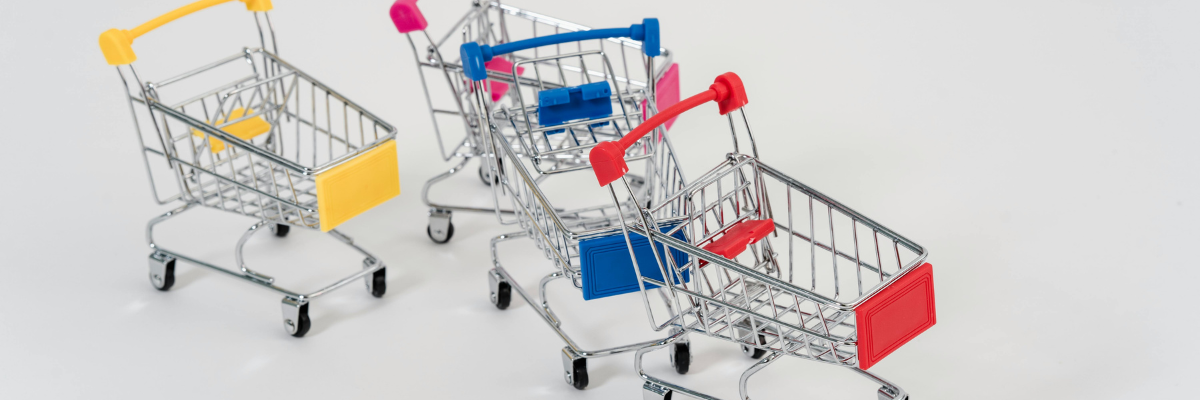In September, retail sees new collections, back-to-market campaigns, pricing updates, and promotions intertwining with sell-through goals and margin targets. In this context, a well-designed omnichannel retail strategy is what enables brands to turn complexity into operational control, reducing delays, preventing stockouts, and offering customers a consistent experience across every touchpoint.
The goal is not only to sell more, but to do so with smooth and measurable processes that enable sustainable growth in retail e-commerce and physical stores.

What is the omnichannel retail strategy and why is it crucial today
An omnichannel retail strategy integrates digital and physical channels into a single orchestration system: assortments, availability, prices, promotions, fulfillment, and after-sales are managed in a coordinated way. Unlike the multichannel approach, where silos create friction, omnichannel retail ensures a single source of truth on stock and orders, enables clear promises on delivery and pickup times, and reduces management costs thanks to automation and orchestration rules.
It is crucial today because customers move seamlessly between social, e-shops, and stores, expect flexible pickup and return options, and demand real-time visibility. For brands, this means improving conversion rates, reducing cancellations, and optimizing inventory turnover in retail e-commerce and the retail network.
Omnichannel retail and the launch of new collections
The launch of a collection requires excellent synchronization between demand planning, stock allocation, visual merchandising, and digital content. With a retail omnichannel logistics model, availability is published consistently across e-commerce and POS, priorities are assigned to key SKUs, and pre-order windows are aligned with actual deliveries. Centralized orchestration makes it possible to manage differences in sizes and color variants, pre-allocated items for store traffic, and stock dedicated to online sales, avoiding overlaps and stockouts.
Retail e-commerce: how to optimize the September back-to-market
The September back-to-market consists of campaigns, catalog updates, and traffic peaks. To optimize retail e-commerce logistics, an orchestration layer is needed to manage delivery promises, cut-offs, and allocation of the warehouse closest to the customer. Planning alone is not enough without execution: consistency between the marketing calendar and operational capacity depends on systems capable of reconciling demand, inventory, and carrier SLAs.
With a strong omnichannel retail strategy, demand fluctuations are absorbed by reallocating inventory across nodes, prioritizing high-turnover SKUs, and adjusting delivery options based on actual availability in the territory.

Integrated management of orders, inventory, and shipments
The heart of execution is integration. Hubrise’s centralized e-commerce order management connects sales platforms, ERP, and WMS, applies routing rules, manages priorities, and consolidates order status into a single dashboard, reducing errors and fulfillment times. Inventory is published in real time across all channels, with intelligent stock reservation to ensure reliable delivery promises. On the last mile, Hubrise’s e-commerce logistics automates labeling, carrier selection, and tracking with rules by area, weight, and SLA, ensuring controlled costs and timely customer notifications; learn more at.
Benefits of an omnichannel retail strategy for brands and customers
The benefits impact all the key metrics. On one hand, the omnichannel retail strategy boosts conversion by combining an extended assortment with a local experience, enabling consistent promotions and reducing customer-visible stockouts. On the other hand, it lowers fulfillment costs and times by distributing flows between warehouses and stores, with a direct impact on shipping, returns, and customer care.
The role of technology and logistics in the omnichannel strategy
Technology and logistics are the foundations of omnichannel retail. At the application level, reliable integrations, open APIs, and an OMS capable of orchestrating exceptions and priorities are needed; at the operational level, a network is required that can fulfill from stores when convenient, transfer items between nodes, and handle returns quickly and with traceability.
Hubrise connects these levels by offering omnichannel solutions that link channels, systems, and partners, an e-commerce order management platform that reduces friction between functions, and e-commerce logistics that makes the last mile predictable and measurable. The adoption of dynamic rules for carrier assignment, real-time availability shared across all touchpoints, and end-to-end visibility on orders transform retail omnichannel into an operational engine that truly supports the creative and commercial ambitions of new collections.